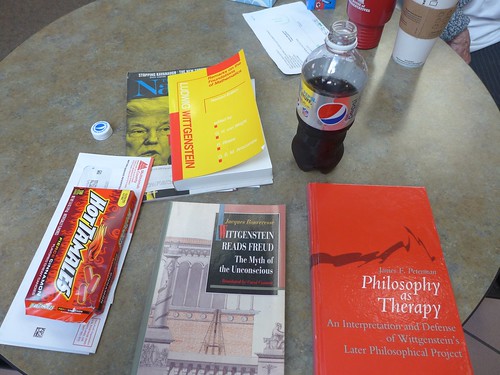My 2D animation course is somewhat minimal in that students are given a login to Animatron, and take it from there mostly, i.e. we emphasize learning by doing, hands on from the get go.
Today, like two weeks ago, I'm planning to pick a default theme and challenge them to develop their ideas in that direction. The theme last time: Thanksgiving. The theme this time: Landing a New Mars Probe.
InSight survived a suspenseful touchdown over the last few hours, with those tracking space events tuned in through various media. We mostly watched the tense faces of the JPL team.
However, the idea of "Landing on a Planet" provides some unique opportunities for 2D animation, namely the idea of the 360 degree panorama. As the camera turns through 360 degrees, we see the same scenery over and over.
Then there's looking more up and down, which turns the 360 panorama into something more like a bubble. An important point here is we're able to show the vista, the current view or window, as a 2D scene, even through the premise is a camera fixed to a probe, looking around.
Today's digital technology is making panorama and bubble imagery much more accessible to a wider public, both on the viewing side and the creating side.
Today, like two weeks ago, I'm planning to pick a default theme and challenge them to develop their ideas in that direction. The theme last time: Thanksgiving. The theme this time: Landing a New Mars Probe.
InSight survived a suspenseful touchdown over the last few hours, with those tracking space events tuned in through various media. We mostly watched the tense faces of the JPL team.
However, the idea of "Landing on a Planet" provides some unique opportunities for 2D animation, namely the idea of the 360 degree panorama. As the camera turns through 360 degrees, we see the same scenery over and over.
Then there's looking more up and down, which turns the 360 panorama into something more like a bubble. An important point here is we're able to show the vista, the current view or window, as a 2D scene, even through the premise is a camera fixed to a probe, looking around.
Today's digital technology is making panorama and bubble imagery much more accessible to a wider public, both on the viewing side and the creating side.

